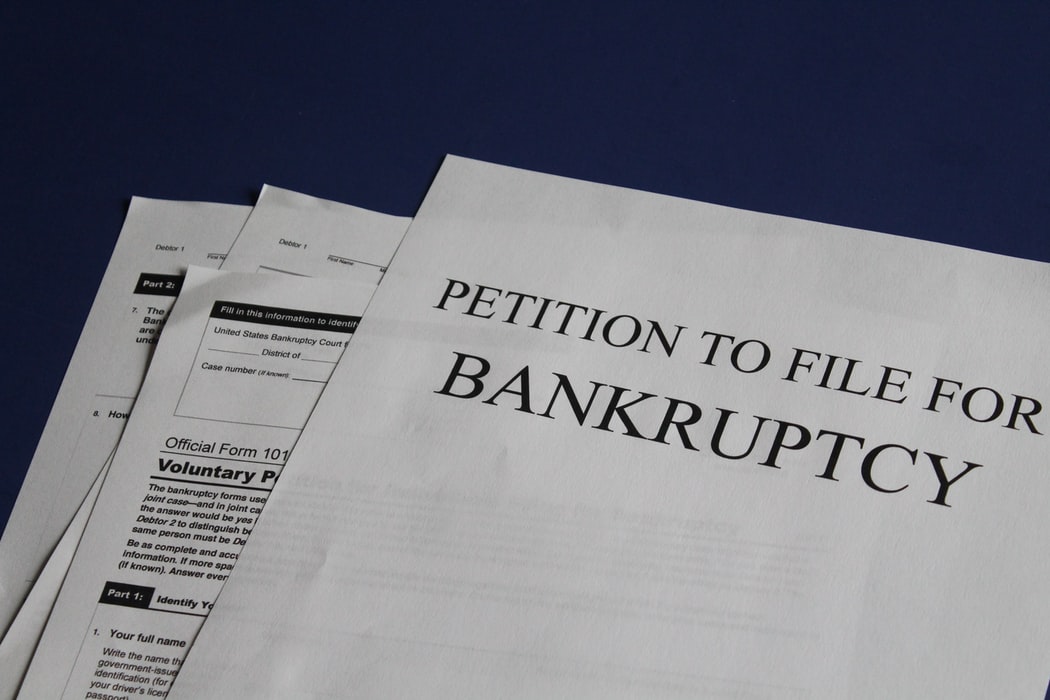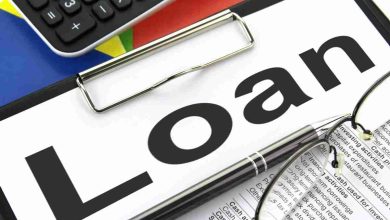
Find out how to file bankruptcy while observing quarantine and social distancing rules during the COVID-19 outbreak.
It has been more than a year since we began fighting against this deadly virus. Due to the economic impact of the pandemic, many people are suffering from financial hardship.
But even after all this time, people are going through a financial crisis. A recent report by CBS News states, four in ten Americans are struggling financially one year after the COVID-19 outbreak.
They are unable to make debt payments. If you’re one of them, filing for bankruptcy may seem to be the only option in this situation. So, the question is, what will happen once you file for bankruptcy during the pandemic?
Before filing, you have to decide what kind of bankruptcy you want to file. In most cases, people file for Chapter 7 or Chapter 13 bankruptcy.
Let’s have a glance at the two most common types of file bankruptcy:
Chapter 7 bankruptcy: usually discharges unsecured debts like credit cards, personal loans, medical debts, etc. Once you file for Chapter 7 bankruptcy, you will have to liquidate your assets except for essentials like a car, home, etc., to repay your creditors.
Chapter 13 bankruptcy: helps people with regular income repay their debts through a repayment plan without selling assets. So, Chapter 13 bankruptcy is also known as the wage earner’s plan.
Chapter 13 discharges some debts (that are not dischargeable in Chapter 7) like:
- Willful and malicious injury to property (as opposed to a person) debts
- Non-dischargeable tax obligations
- Property settlements in divorce or separation proceedings
What happens when you file Chapter 7 bankruptcy?
The Chapter 7 bankruptcy process takes about four to six months. You have to start by filing a petition and other forms in the bankruptcy court.
To be eligible for filing Chapter 7 bankruptcy, you need to pass a “means test”. It will help to determine whether your income is below the median income of your state.
Once you are ready to file bankruptcy, you need to follow these steps:
Doing paperwork
If you reside in one of the states that allow electronic self-representation, you can fill out bankruptcy forms online. Otherwise, you will have to submit all documents in person or by mail.
You will have to pay about $338 as a fee to file your bankruptcy. This fee includes a $245 case filing fee, a $75 miscellaneous administrative fee, and a $15 trustee surcharge.
According to the US Bankruptcy Code, once you file bankruptcy:
- An automatic stay will come into effect, which will stop most of the collection calls, wage garnishments, etc.
- The court will appoint a trustee who will manage your bankruptcy estate. They will sell off your non-exempt assets and distribute the proceeds among creditors.
Meeting your creditors
The trustee will arrange the “341 meeting of creditors” between you and your creditors. Usually, it takes place between 21 and 50 days after the filing of the petition.
The US Trustee Program has extended the provision of remote “341 meeting of creditors” due to the pandemic. So, you can attend the meeting over the phone or through a videoconference.
Attending credit counseling courses
Before filing bankruptcy, you must attend a credit counseling course from an approved agency. This is known as pre-petition credit counseling.
In this course, you will get to know about the alternatives to bankruptcy. If you want to file bankruptcy after completing the course, you will have to include the certificate of completion in your bankruptcy filing.
After filing your bankruptcy, you will have to attend the post-petition financial management course. It is also known as the debtor education course, which you should complete before getting a discharge.
This course will help you learn how to manage your finances after getting a bankruptcy discharge. By doing so, you can lead a financially healthy life ahead.
If you don’t complete these courses, the bankruptcy court won’t discharge your debts.
Selling off non-exempt assets
The trustee will sell off the non-exempt assets like cash, bank accounts, stocks, second car or home, etc. The proceeds from selling these assets will be used to pay your creditors.
What happens when you file Chapter 13 bankruptcy?
If your unsecured debts are less than $394,725 and secured debts are less than $1,184,200, you are eligible to file Chapter 13 bankruptcy. The court filing fee of Chapter 13 bankruptcy is about $313.
If you are eligible to file Chapter 13 bankruptcy, you need to follow these steps:
Submit the petition
You have to submit your bankruptcy petition along with a list of your assets, liabilities, income, and expenses to the court.
Once you file bankruptcy, an automatic stay comes into effect. Chapter 13 bankruptcy has a particular provision of the automatic stay to protect co-debtors.
Appointment of a trustee
The court will appoint a trustee to oversee your bankruptcy case. You will receive a Notice of Appointment of Trustee once the appointment is made.
You will have to make payments to the trustee, who will distribute the money among your creditors.
Creating a repayment plan
You need to create a repayment plan depending on:
- Its tenure (three to five years)
- The amount each creditor will receive
- Value of your property
This calculation is quite complicated. So, it is better if you hire a bankruptcy attorney to file your case. You have to send the repayment plan to the bankruptcy trustee for approval within 14 days of filing.
341 meeting of creditors
The trustee will hold the “341 meeting of creditors” to verify your identity, bankruptcy documents, etc. He or she will ensure that you will pay all of your disposable income to your unsecured creditors.
Start making payments based on your repayment plan
Once the court approves your repayment plan, you must start making payments within 30 days of filing. You will have to stick to your repayment plan for three to five years without fail. Also, you can’t opt for new loans without the trustee’s approval.
Start making payments within 30 days of filing, even if the court hasn’t approved your plan yet. If the court doesn’t approve your repayment plan, the trustee will refund your money.
Complete your financial management course
Fill out the US Bankruptcy Court’s Official Form 23 to confirm that you have completed your financial management course. You have to complete the course in person or online from an approved agency before discharge.
Court will grant discharge
You are likely to get a discharge by 36 to 60 months. Priority and secured debts are paid in full during the repayment period.
But unsecured and non-priority debts are partially paid. If you stick to your repayment plan without fail, they will dismiss the remaining debts at the end of the repayment period.
What happens to your credit score after filing bankruptcy?
“A bankruptcy will always be considered a very negative event by your FICO Score.”, the credit scoring model FICO states in one of their reports.
Filing Chapter 7 bankruptcy can stay on your credit report for up to 10 years. And filing Chapter 13 bankruptcy can remain on your credit report for up to 7 years.
But what if you are going through financial hardship due to the pandemic? What if you can’t make payments toward your debts?
A report by US News reveals that more than 50% of those infected with COVID-19 or who lost income due to the pandemic are now struggling with medical debt.
Failing to repay your debts will bring incessant collection calls to your life. Besides, your creditors may sue you for nonpayment of debts. If the judgment goes against you, the court may order wage garnishment.
So, why would you face such adverse consequences? Bankruptcy gives you a chance to repay your debts and start your financial life fresh.



